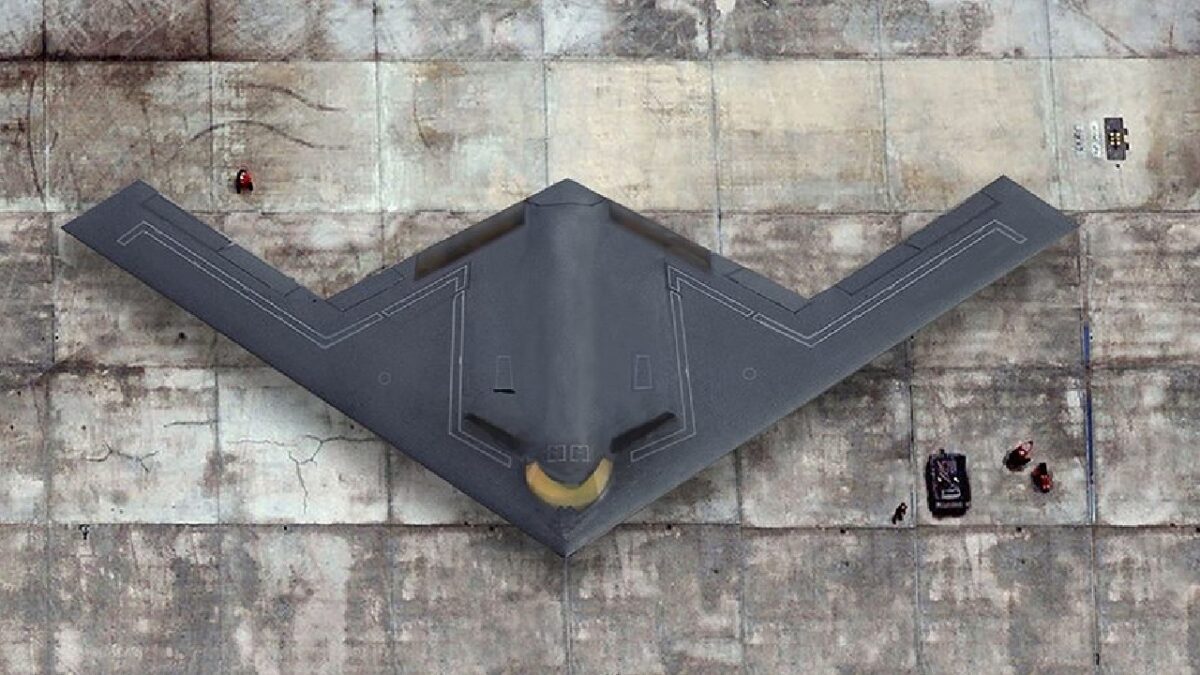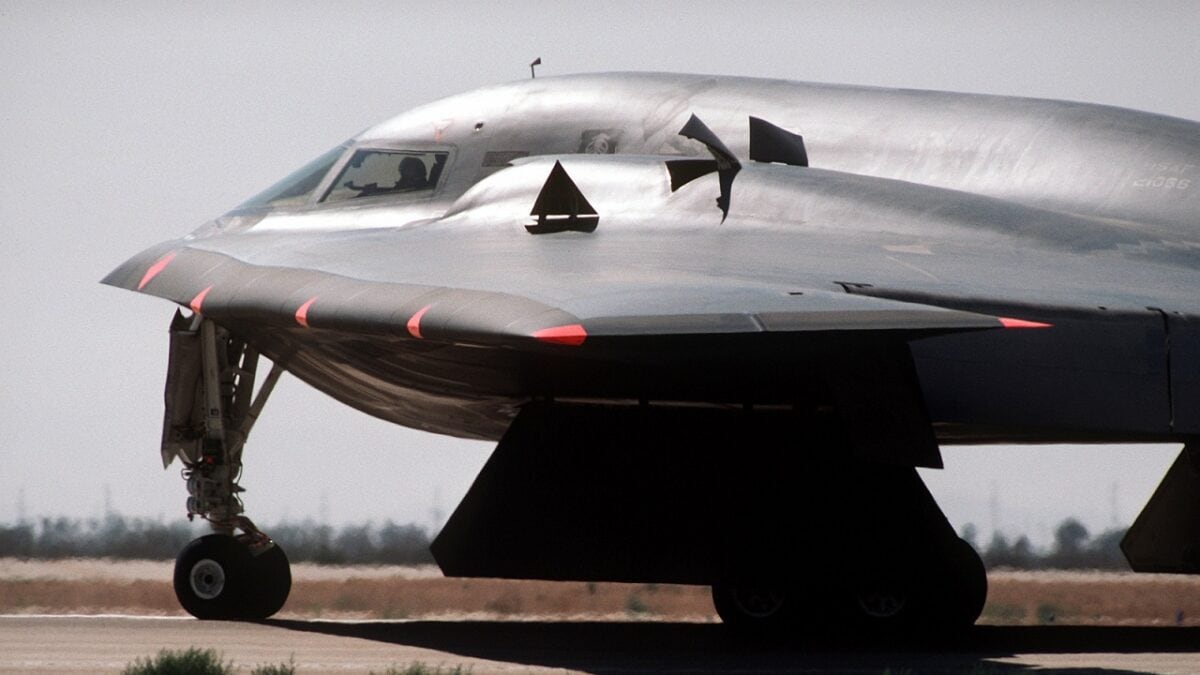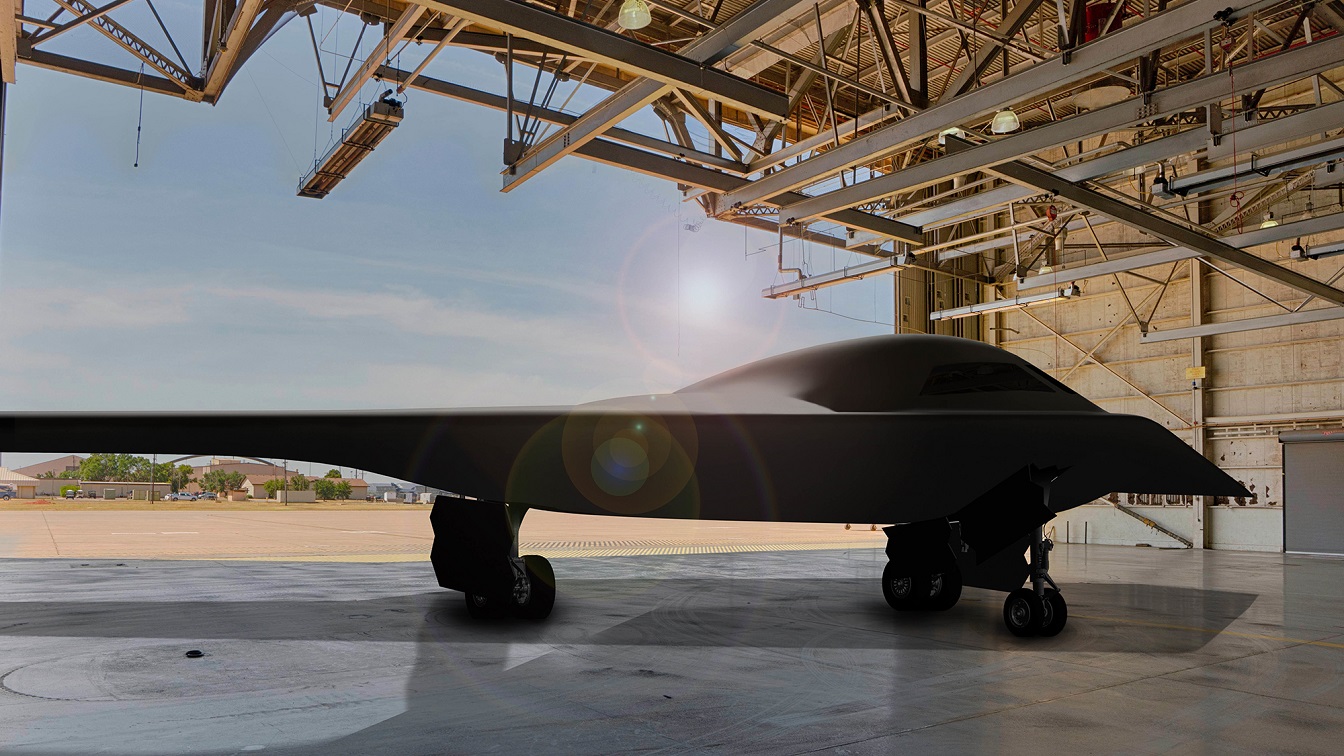Defense Expert Peter Suciu Explains Why the U.S. Air Force Truly Needs the B-21 Raider: In the era of intercontinental ballistic missiles (ICBMs) and multirole combat aircraft such as the Lockheed Martin F-35 Lightning II, bomber aircraft are arguably relics of the past. While dozens of nations once operated fleets of bombers, today, just three countries continue to maintain strategic bombers: the United States, Russia, and China. All three operate bombers that are aging, and even with continued upgrades, will need to be retired in the coming years.
Yet, all three are now developing the next generation of long-range bombers – with the United States quickly taking the lead with its Northrop Grumman B-21 Raider. Current plans call for the United States Air Force to operate at least 100 of the bombers, but some officials have called for upwards of 179 or more.
Though the B-21 Raider, named for the World War II pilots who took part in the June 1942 “Doolittle Raid” on the Japanese home islands, won’t make its maiden flight until at least next year, it won’t be too soon for the Air Force. The service currently operates less than 125 bombers including fifty-eight B-52H Stratofortresses, forty-five B-1B Lancers, and twenty B-2 Spirits.
Why the B-21? The U.S. Air Force Bomber Fleet Is Old
The B-21s are urgently needed to replace the B-1Bs and B-2s, which became the workhorses of the service during the early stages of the Global War on Terror (GWOT), often conducting long-range bomber missions from the United States where the planes would fly all the way to Afghanistan or Iraq. Those long-distance flights have taken a toll on the airframes, and the Air Force has had to cannibalize parts from retired aircraft to keep the current planes flying.
Over the past decade, there have been efforts to modernize the B-1B and B-2 bombers, but it has actually been the far older B-52 that was far better suited to upgrades to keep the old warbirds flying.
“The B-52 has been flying for six decades,” Frost & Sullivan’s William Plucker told this reporter back in 2016. “As a former B-52 driver it was old when I was driving it, but today there are literally grandchildren flying the aircraft their grandfathers had flown. The B-52 will likely be in service until 2042 at least.”
So the question that is often asked is why the Air Force need a next-generation bomber, such as the B-21, given the advent of the aforementioned missiles, not to mention drones.
“The bomber remains very much part of an offensive payload, and it is still developing technologically,” Ben Goodlad, then principal weapons analyst at IHS Aerospace, Defence and Security and editor of IHS Jane’s Defence Insight Report, also explained in a 2016 interview. “There is nothing that can replace a bomber. The bomber has greater survivability against increasing threats, while the payloads are increasing and the range.”
In other words, while missiles can strike from great distances, bombers serve another role, including a nuclear deterrent role – which is why the bombers of the United States (as well as its near-peer adversaries) continue to be part of a nuclear triad. Currently, there are 46 nuclear-capable B-52H Stratofortesses, as well as every single B-2A Spirit that can be employed to carry nuclear weapons. The United States Department of Defense (DoD) has noted that the B-21 Raider will first supplement, then eventually replace, the B-2 beginning in the mid-2020s.

B-21 Raider artist rendering. Image Credit: Creative Commons.
Expert: The B-21 Can Take on Russia and China’s Tough Air Defense Networks
Multiple experts 19FortyFive spoke with all agreed on one thing when it comes to the B-21: it is urgently needed to ensure the U.S. Air Force can penetrate the air defense networks of Russia and China if a war or some sort of military conflict broke out.
“The B-21 will be the tip of the spear in a war with Russia or China, as both nations have made their countries tough to crack from the air thanks to air defense platforms like the S-300, S-400, and various offshoots,” explained Harry J. Kazianis, author of the book the Tao of A2/AD and President of the Rogue States Project, in an interview with 19FortyFive. “The B-21 should be able to penetrate those air defense networks and ensure the U.S. Air Force can reach out and hit any point on the map on planet Earth – anytime, anywhere.”

A left-side view of the front of a B-2 advanced technology bomber aircraft as it prepares for its first flight, at the Air Force Flight Test Center.
What Is Next for the B-21?
Currently, there are at least six B-21s in various stages of construction, and the first of the Raiders is now undergoing calibration tests. The aircraft will soon be moved outside Northrop Grumman’s Palmdale, California production plant for engine runs and taxi tests prior to its maiden flight.
Expert Biography: A Senior Editor for 1945, Peter Suciu is a Michigan-based writer who has contributed to more than four dozen magazines, newspapers, and websites with over 3,000 published pieces over a twenty-year career in journalism. He regularly writes about military hardware, firearms history, cybersecurity, and international affairs. Peter is also a Contributing Writer for Forbes. You can follow him on Twitter: @PeterSuciu.

